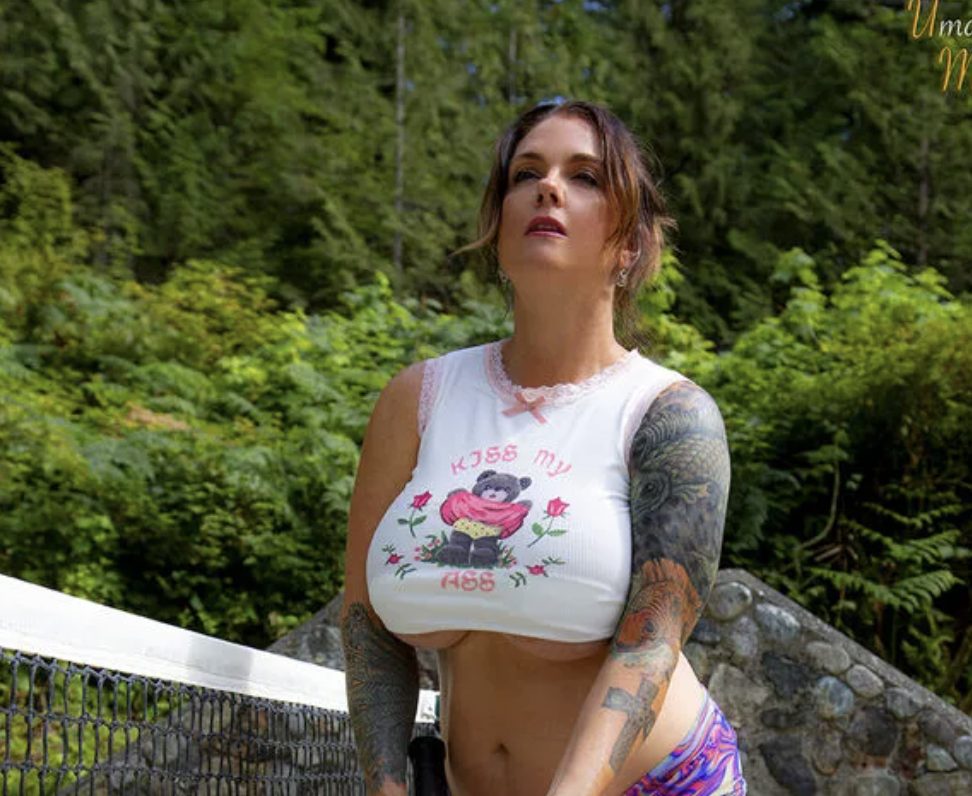Fashion has long been a powerful means of self-expression, and as trends evolve, they often carry deeper messages beyond aesthetics. The underboob fashion trend, which has gained popularity in recent years, is more than just a style statement; it represents a movement towards embracing one’s body with confidence and fostering woman empowerment. In this article, we explore the underboob trend, its origins, its impact on empowering women, and how it challenges conventional beauty norms.




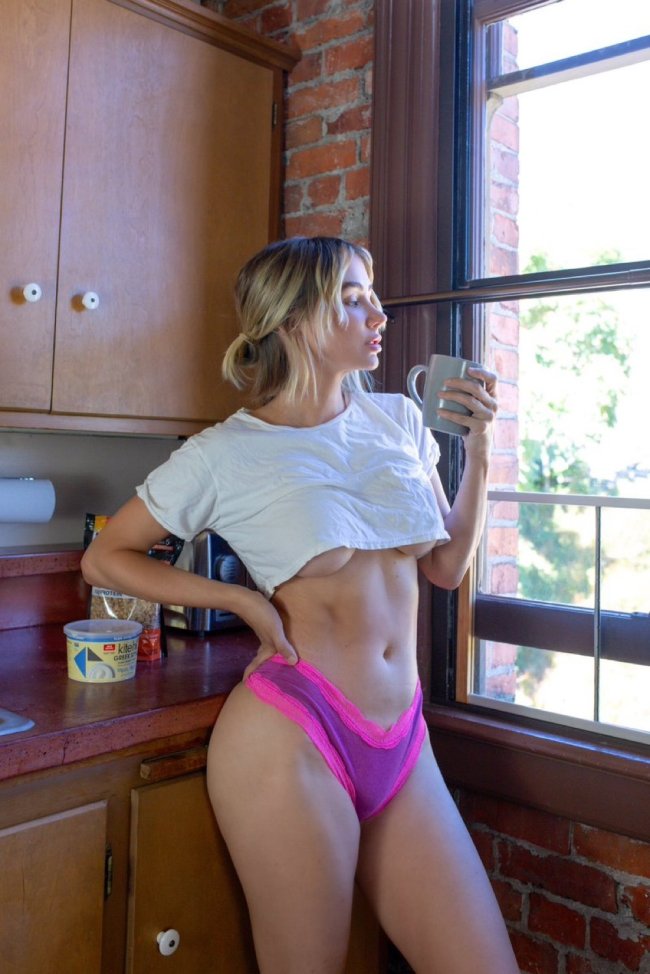


The underboob trend involves showcasing the lower part of the breasts, defying traditional expectations of modesty. What started as a rebellious deviation from conventional fashion norms has evolved into a statement of body positivity and empowerment. Celebrities and fashion influencers have embraced the trend, sparking conversations about redefining beauty standards.





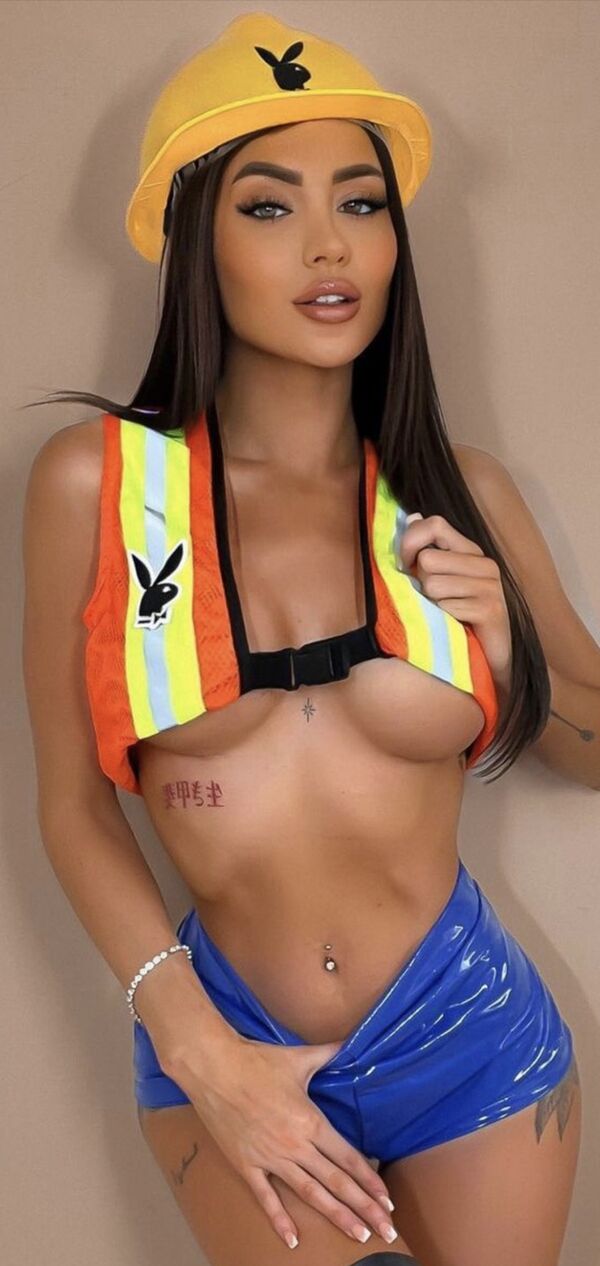


The underboob trend aligns with the broader movement of body positivity in the fashion industry. By celebrating diverse body shapes and challenging the notion of a singular beauty ideal, this trend encourages women to embrace their bodies, including parts that were traditionally deemed provocative. It sends a message that all body types are worthy of admiration and acceptance.
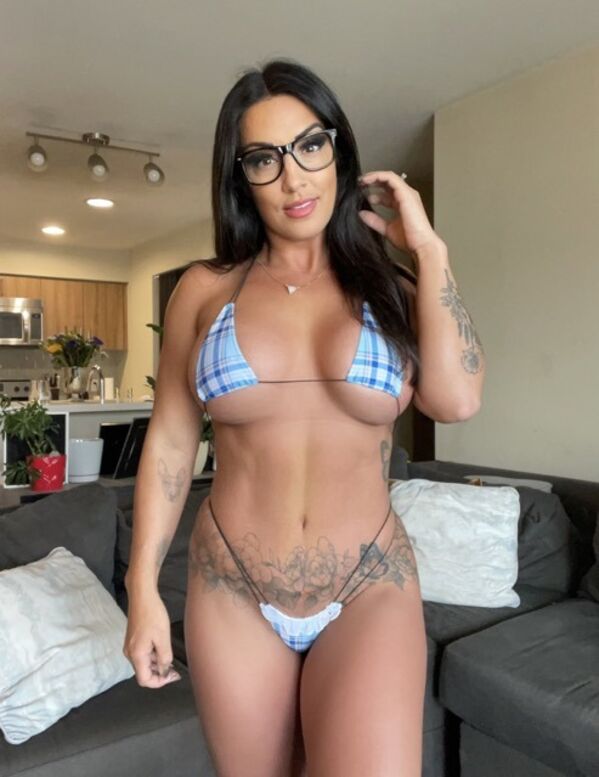







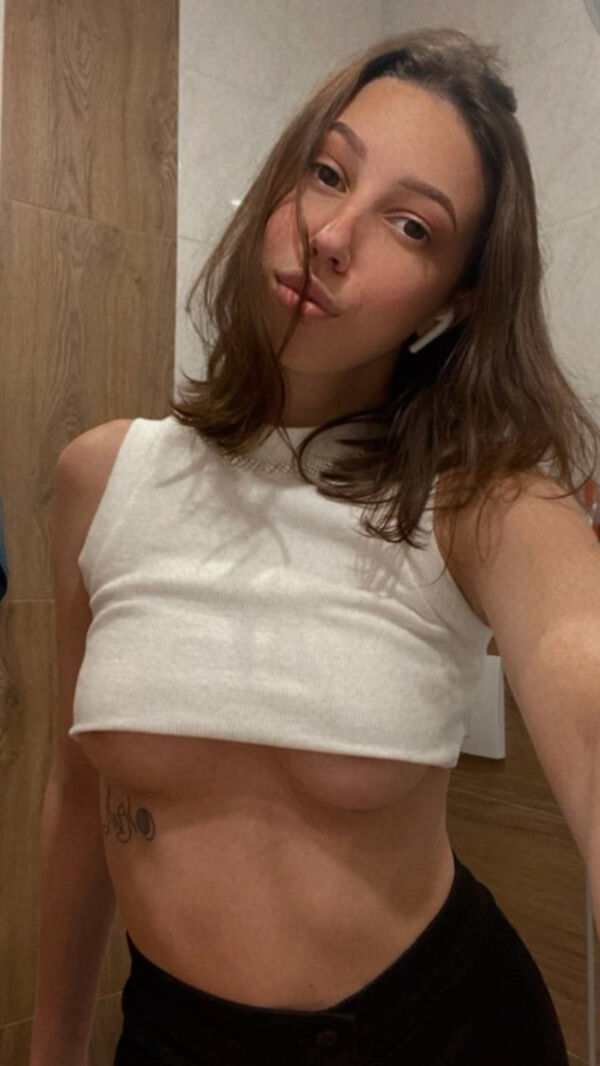
Fashion is a powerful form of self-expression, and the underboob trend allows women to express confidence in their bodies. By choosing outfits that reveal the underboob area, individuals communicate a sense of self-assuredness and pride. This act of intentional exposure becomes a declaration of autonomy over one’s body and a rejection of societal norms that dictate how women should dress.



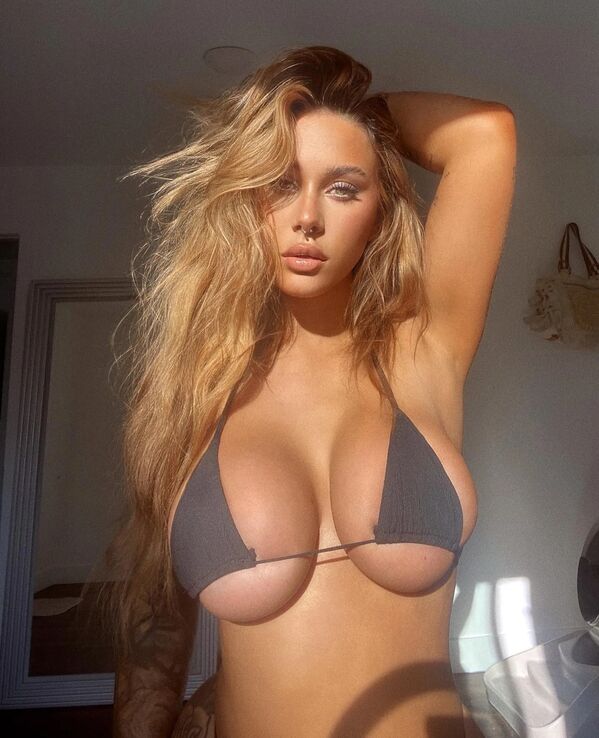

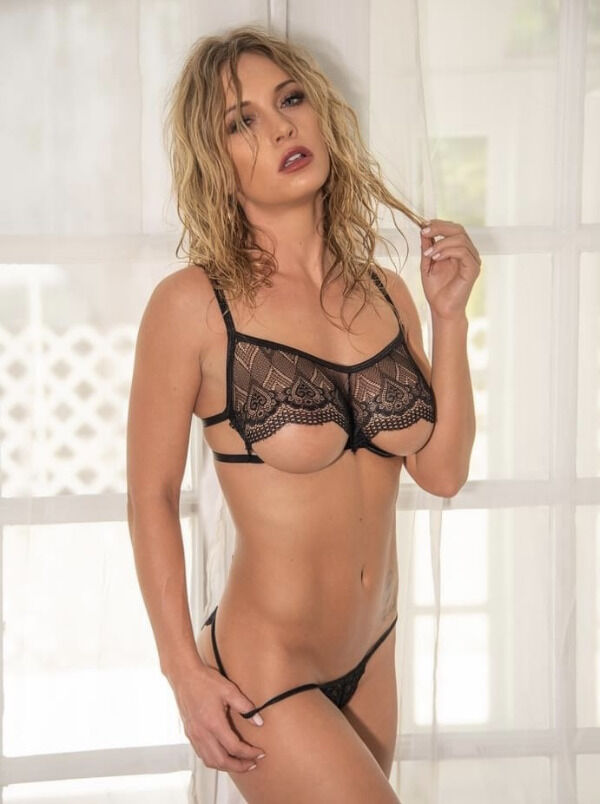
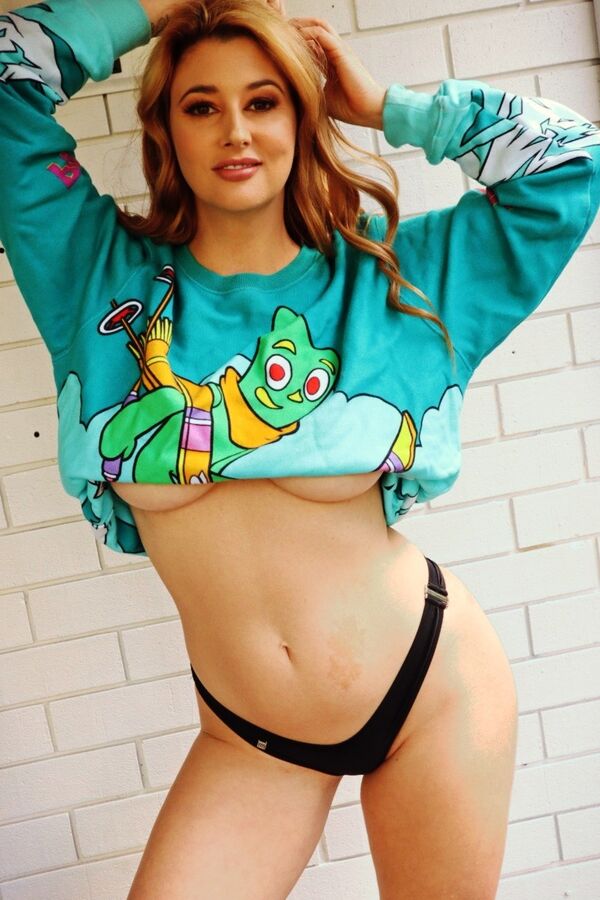
One of the strengths of the underboob trend is its inclusivity. Unlike trends that cater to a specific body type, underboob fashion can be embraced by women of various shapes and sizes. It is not about conforming to a standard but rather celebrating the unique attributes of each individual. Inclusivity becomes a cornerstone of this trend, fostering a sense of belonging for women across diverse backgrounds.
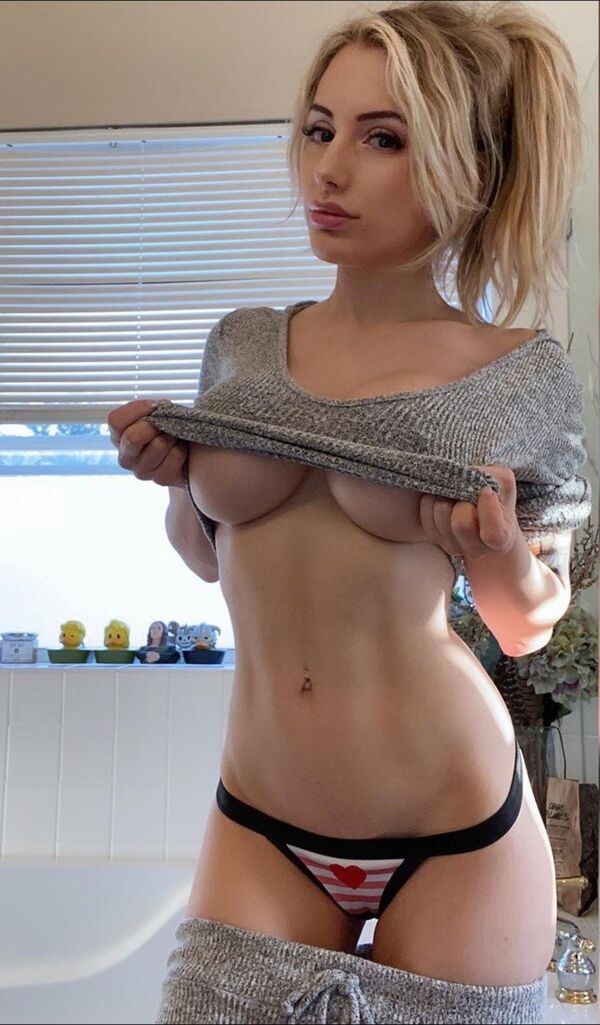

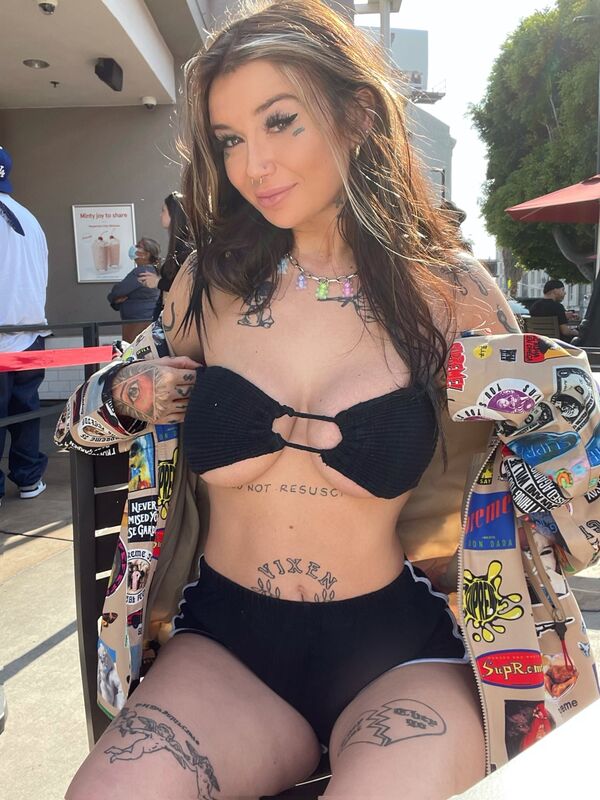
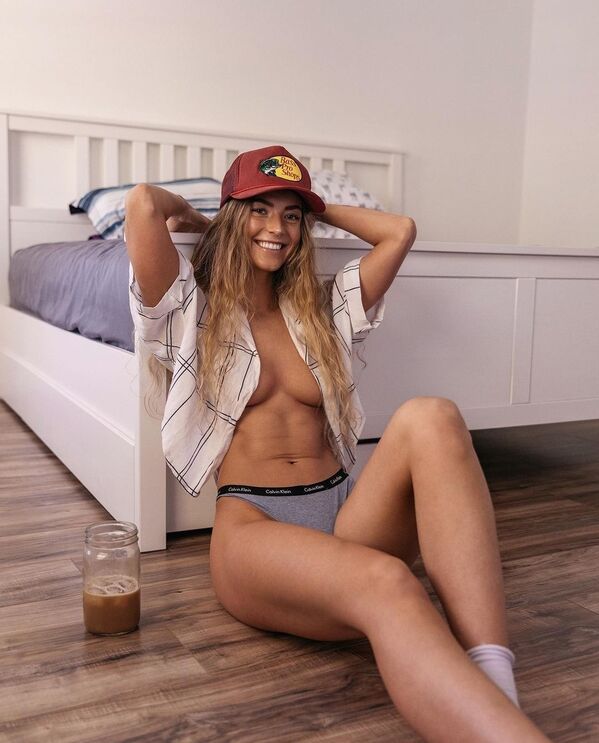
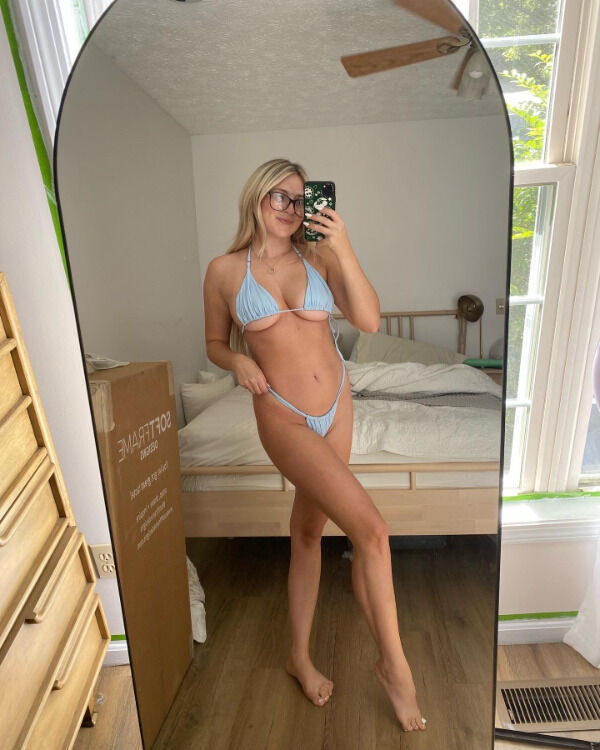
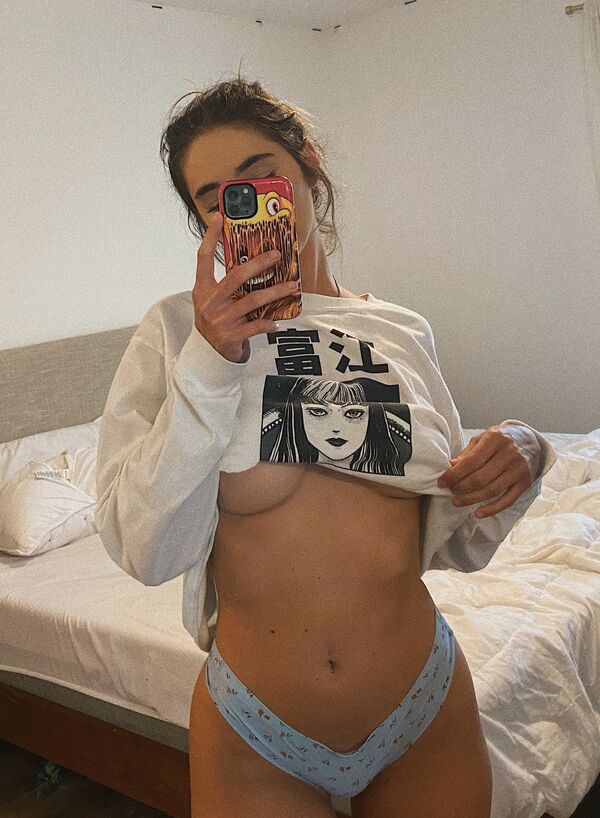
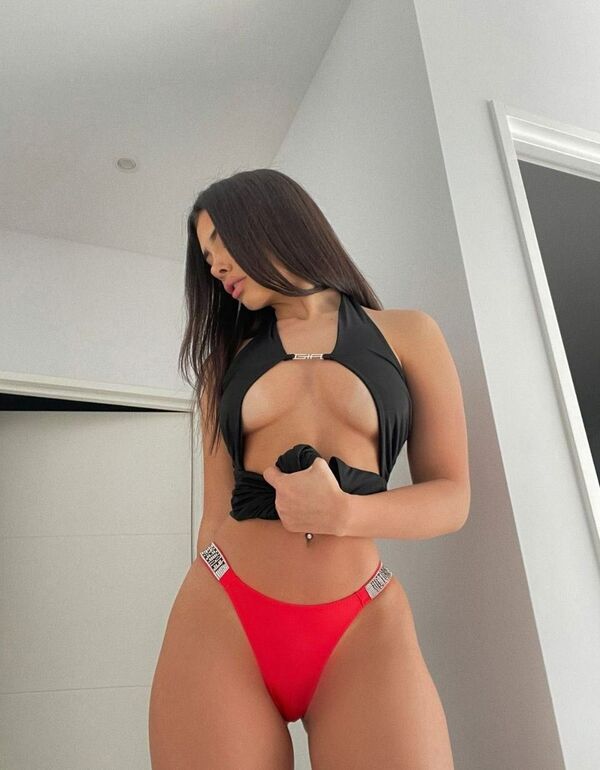


The underboob trend challenges preconceived notions of femininity and beauty. Historically, certain body parts have been hypersexualized or stigmatized, contributing to restrictive stereotypes. By openly displaying the underboob, women reclaim ownership of their bodies and challenge the notion that femininity must be confined to conventional and conservative ideals.
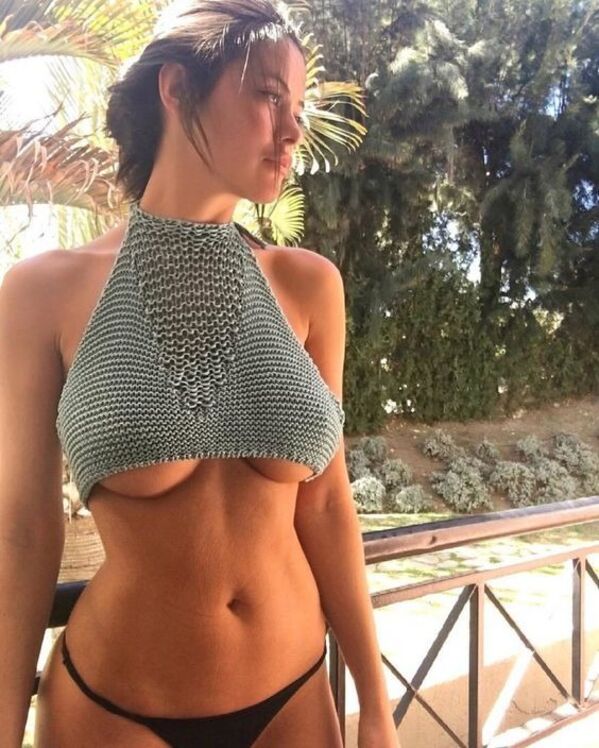
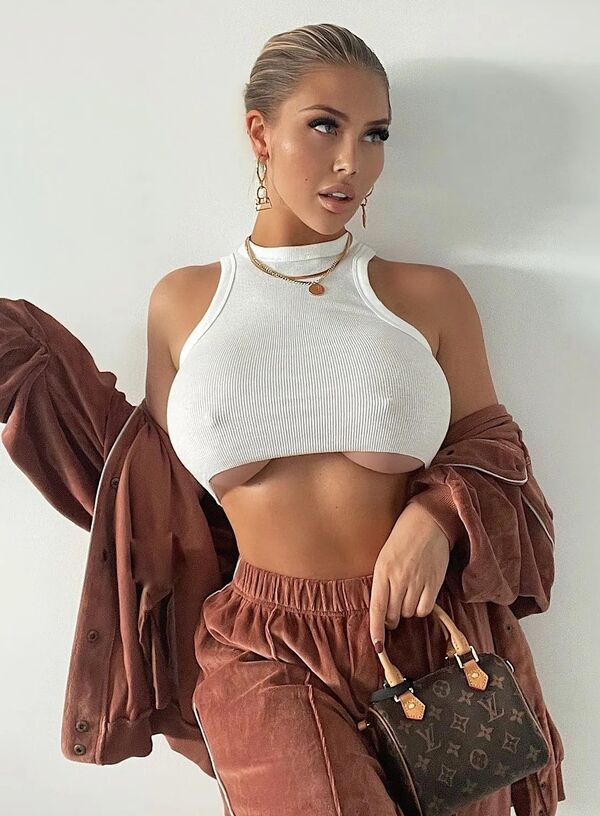
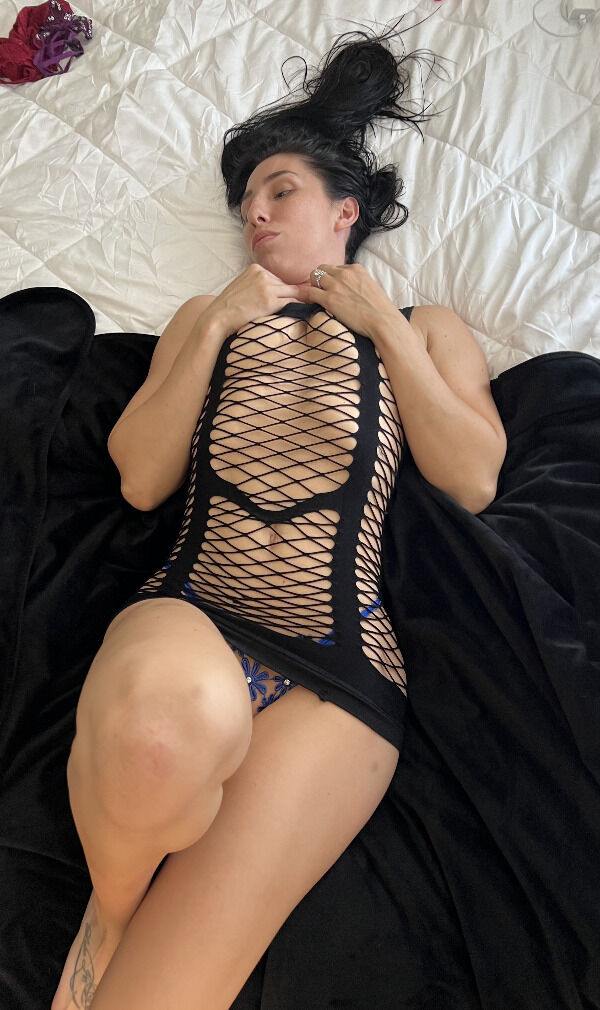
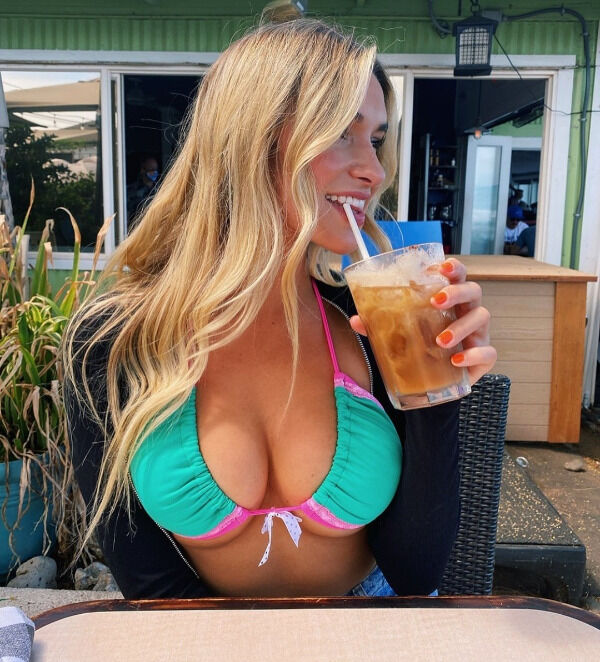
An essential aspect of the underboob trend is the emphasis on consent and personal choice. Women who choose to embrace this trend do so willingly, reclaiming agency over their bodies. It underscores the importance of autonomy and reinforces the idea that fashion should be a personal choice, not subject to external judgments or societal expectations.
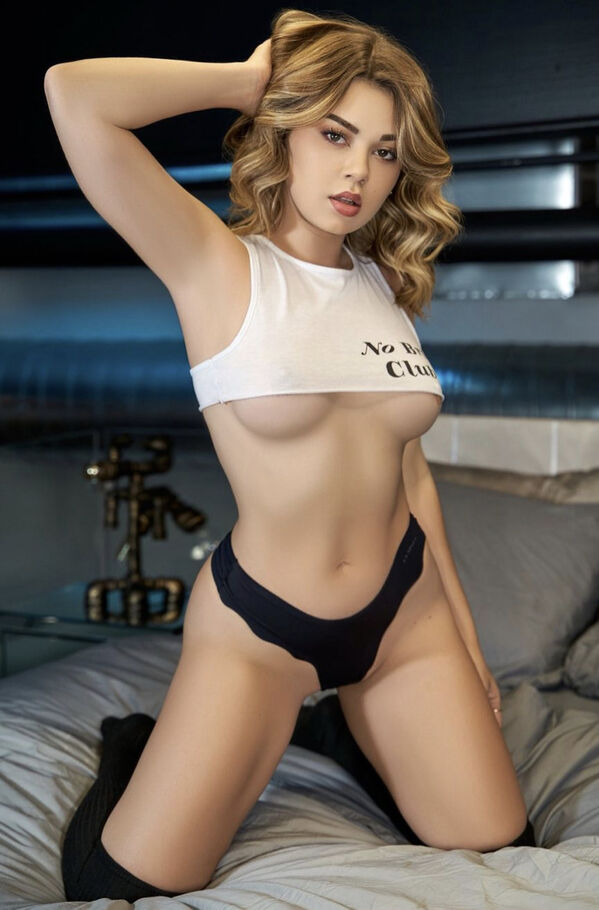
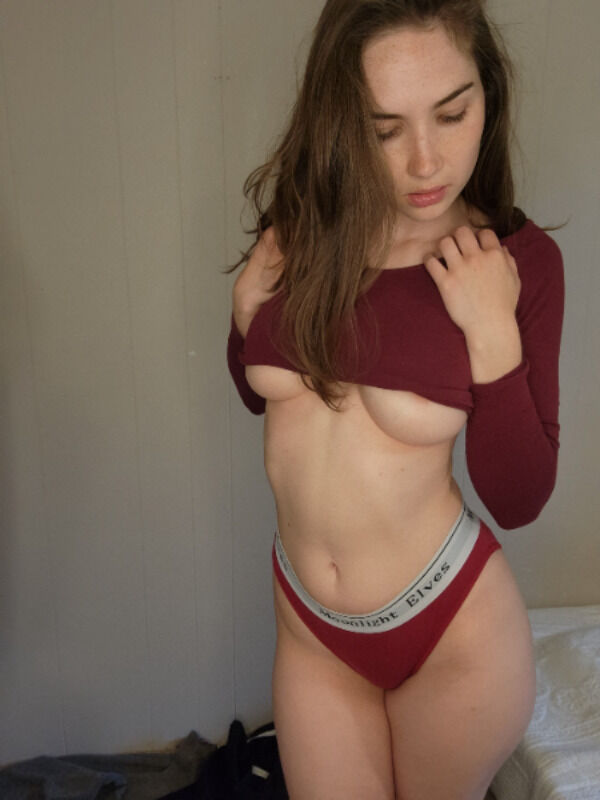

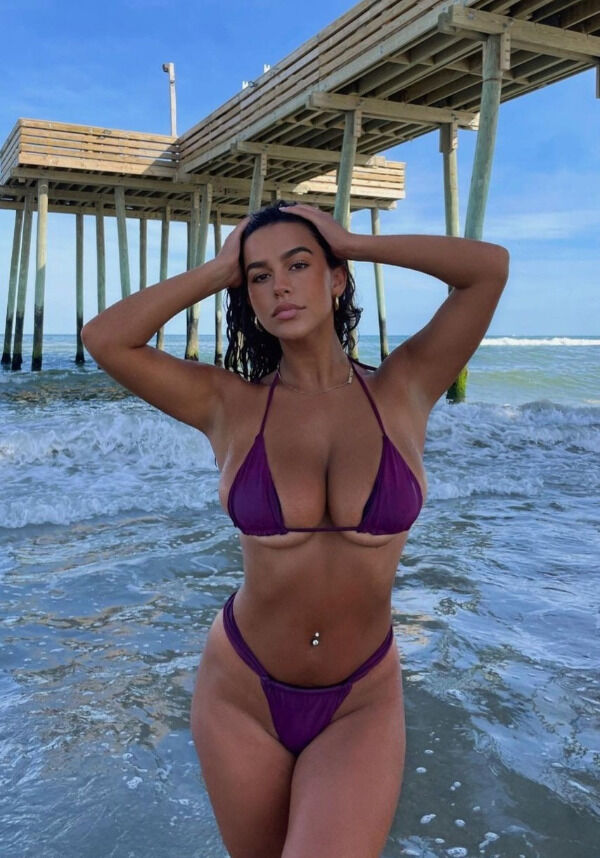

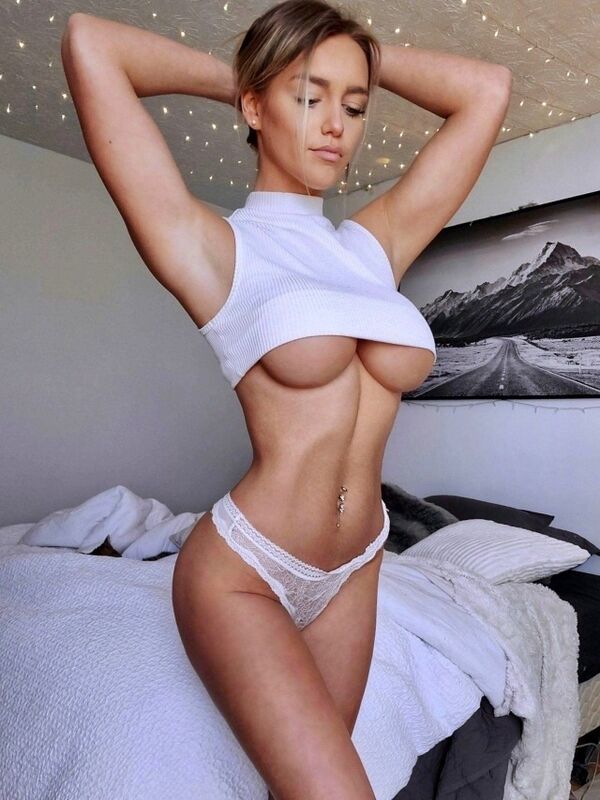
While the underboob trend has garnered widespread support, it has also faced criticism and raised eyebrows. Some argue that it perpetuates objectification or undermines the progress made in fostering body positivity. However, proponents of the trend argue that it is a form of self-expression and a step towards breaking taboos associated with women’s bodies.
